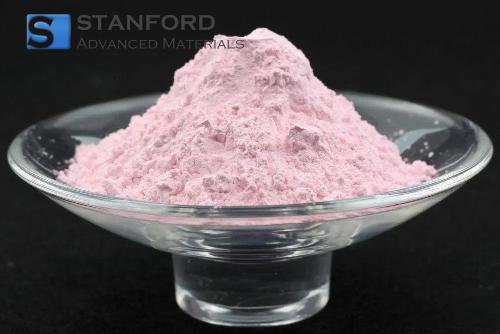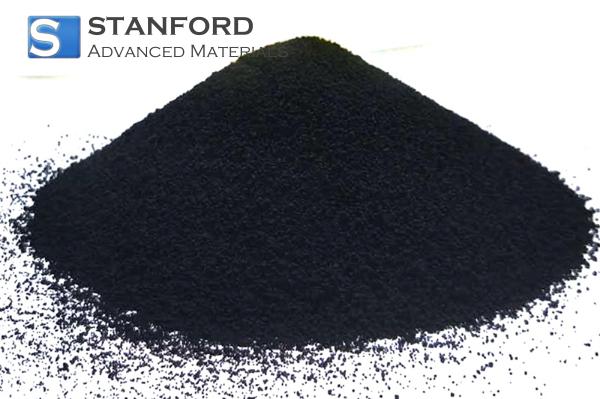Friction Coefficient: Definition And Calculation
What is the friction coefficient?
The friction coefficient is a dimensionless value that quantifies the frictional resistance between two contacting surfaces. It is used in engineering, physics and everyday applications to determine how surfaces interact under various conditions.
Types of Friction
Friction can be categorised based on the characteristics of the surfaces and the motion involved:
Static Friction
Static friction occurs when two surfaces are at rest relative to one another. It must be overcome to initiate movement. This type of friction is generally greater than kinetic friction.
Kinetic Friction
Kinetic friction occurs when the surfaces move relative to each other. It is generally lower than static friction and depends on the material properties and the surface roughness.
Rolling Friction
Rolling friction arises when an object rolls over a surface. It is typically much lower than static or kinetic friction and is important for applications such as wheels and bearings.
Fluid Friction
Fluid friction occurs when objects move through a fluid, such as air or water. It depends on the velocity of the object, its shape and the viscosity of the fluid.
Calculation of the Friction Coefficient
To calculate the friction coefficient, one must understand the forces acting between the surfaces. The basic formula is:
μ = F/N
where:
- μ is the friction coefficient
- F is the frictional force
- N is the normal force
In practical applications, more complex calculations may be required, given that factors such as surface roughness, temperature and material properties are taken into account.
PTFE and Its Friction Coefficient
Polytetrafluoroethylene (PTFE), commonly known as Teflon, is recognised for its low friction coefficient. Consequently, PTFE is used for applications that require minimal resistance, such as non-stick coatings, bearings and seals.
Properties of PTFE
|
Property |
Description |
|
Low Friction |
PTFE exhibits one of the lowest friction coefficients among solid materials. |
|
Chemical Resistance |
It is highly resistant to chemicals, which allows it to perform reliably in various environments. |
|
Temperature Range |
PTFE maintains its properties over a wide temperature range. |
|
Non-Stick Surface |
It prevents the adhesion of other materials, which is useful for cookware and industrial applications. |
Further information can be found at Stanford Advanced Materials (SAM).
Applications of PTFE
- Bearings: PTFE reduces wear and energy loss in rotating machinery.
- Seals and O-rings: It provides effective sealing with minimal friction.
- Cookware: Non-stick surfaces facilitate easier cooking and cleaning.
- Medical Devices: PTFE is biocompatible and reduces friction in implants and instruments.
Frequently Asked Questions
Which factors affect the friction coefficient?
Surface roughness, material properties, temperature and the presence of lubricants affect the friction coefficient.
Can the friction coefficient be negative?
No, the friction coefficient is always a positive value as it represents resistance.
How does lubrication affect friction?
Lubrication reduces the friction coefficient, given that a thin film is formed between the surfaces that limits direct contact.
Is the friction coefficient the same for all materials?
No, friction coefficients vary among different materials due to their inherent properties and surface characteristics.
Why is PTFE preferred for applications requiring minimal friction?
PTFE is preferred because of its low friction coefficient, chemical resistance and durability.

 Bars
Bars
 Beads & Spheres
Beads & Spheres
 Bolts & Nuts
Bolts & Nuts
 Crucibles
Crucibles
 Discs
Discs
 Fibers & Fabrics
Fibers & Fabrics
 Films
Films
 Flake
Flake
 Foams
Foams
 Foil
Foil
 Granules
Granules
 Honeycombs
Honeycombs
 Ink
Ink
 Laminate
Laminate
 Lumps
Lumps
 Meshes
Meshes
 Metallised Film
Metallised Film
 Plate
Plate
 Powders
Powders
 Rod
Rod
 Sheets
Sheets
 Single Crystals
Single Crystals
 Sputtering Target
Sputtering Target
 Tubes
Tubes
 Washer
Washer
 Wires
Wires
 Converters & Calculators
Converters & Calculators
 Write for Us
Write for Us





 Chin Trento
Chin Trento



